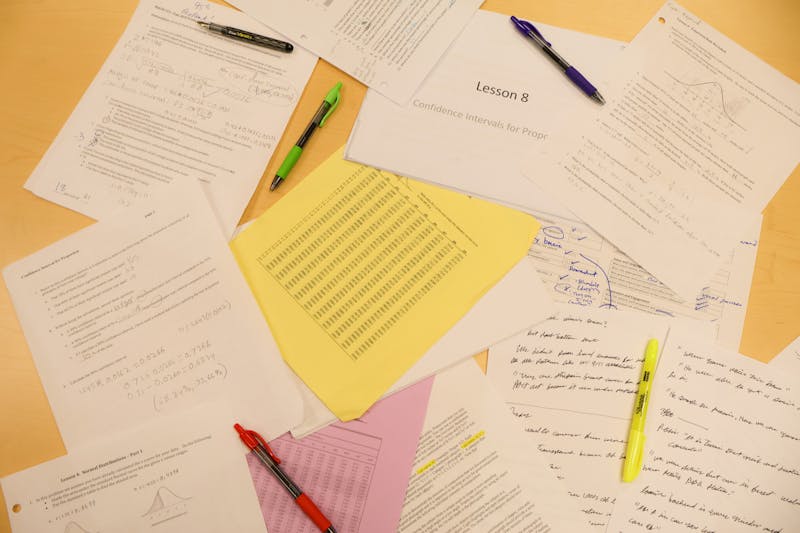I have been looking forward to the day I could cast my first presidential ballot since the third grade, when our class “voted” on who we wanted to be the next president. Standing in front of the chalkboard, I was the honorary election judge for John McCain, dutifully marking red tallies onto the board with each child who “voted” for him while another child did the same for Barack Obama. When I got home, I helped my mom fill out her absentee ballot, fascinated by the concept of the vote; of the idea that someday, I would have the chance to make an impact in my community and country. That time would not come until 2020, which felt like a century away back in the very different world of 2008.
For this election, I was convinced the youth voter turnout would shatter records, regardless of race, class, party or gender because of the growing number of youth entering voter eligibility and the intensity of our age demographic’s political activism.
However, Gen Z’s presence was not felt as strongly as I expected in Washington County, Maryland. The lines at my local polling center west of Hagerstown were among the longest in the county, but very few in the crowd were under the age of 25. I waited for an hour and a half to mark my vote, spotting a few first-time voters and other youth in the crowd every now and then. But for every ambiguously young person, there were at least five senior voters, who despite their health risks braved the cold, donned the mask and showed up to the polls.
I found myself wondering just where everyone was, especially since mail-in vote totals were low for my county. Voter turnout for young adults was expected to shatter records this year, in part due to the way social media has promoted voting this fall. In our own campus community, no one has worked harder than ShipVotes, a non-partisan group that promotes voter registration and turnout on our campus. I would often find them tabling around campus and engaging with students through social media. Every single app and service has sent out emails to register to vote, and our generation has become increasingly aware of the impact of our voices. Or, at least, most of us.
When I returned home on Tuesday afternoon, I had two expectations: One, that my county surely must have shattered records of voter turnout, and two, we would have our next president of the United States decided within 12 hours. My belief in the importance of the vote clearly was not shared by a great number of people in my community. According to data from the Maryland Election Office, we had a lower turnout this year than in 2016, including mail-in votes. The illusion of a red or blue wave was simply due to an incredible reduction of polling centers. We had just 11 for this crucial election, compared to 49 in 2016 due to shortages in election judges. In a county with transportation issues and poverty, this may have been one of the factors going into the lower numbers. If youth turnout turns out to be as low as I suspect it was in Washington County, I think the primary reason is disinterest and the mindset that their vote does not matter.
For future elections, more attention must be put on rural youth voters. We need to emphasize that every single vote matters, and really, truly, start getting out to the polls; not just every four years, but at every election. Our demographic is growing, and our impact could be hugely influential if we all made use of our civic duty.


The Slate welcomes thoughtful discussion on all of our stories, but please keep comments civil and on-topic. Read our full guidelines here.